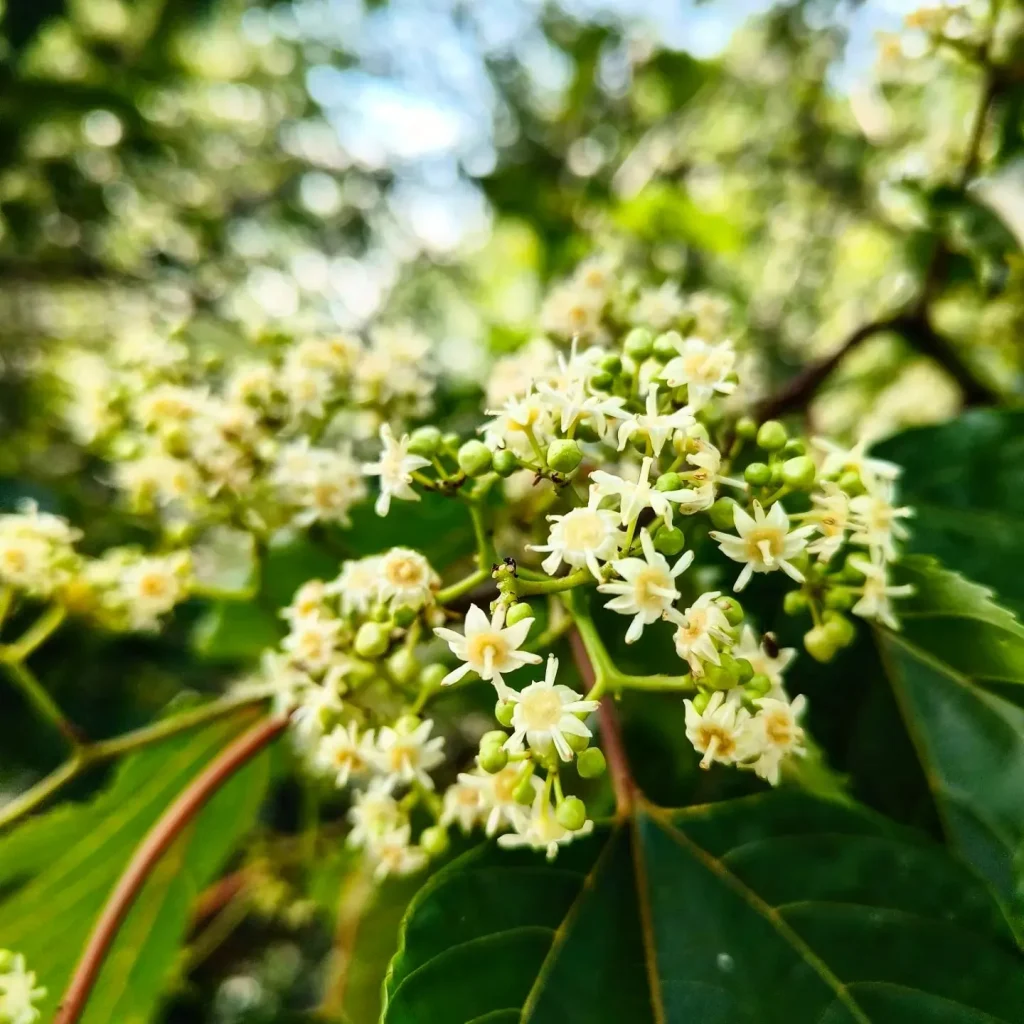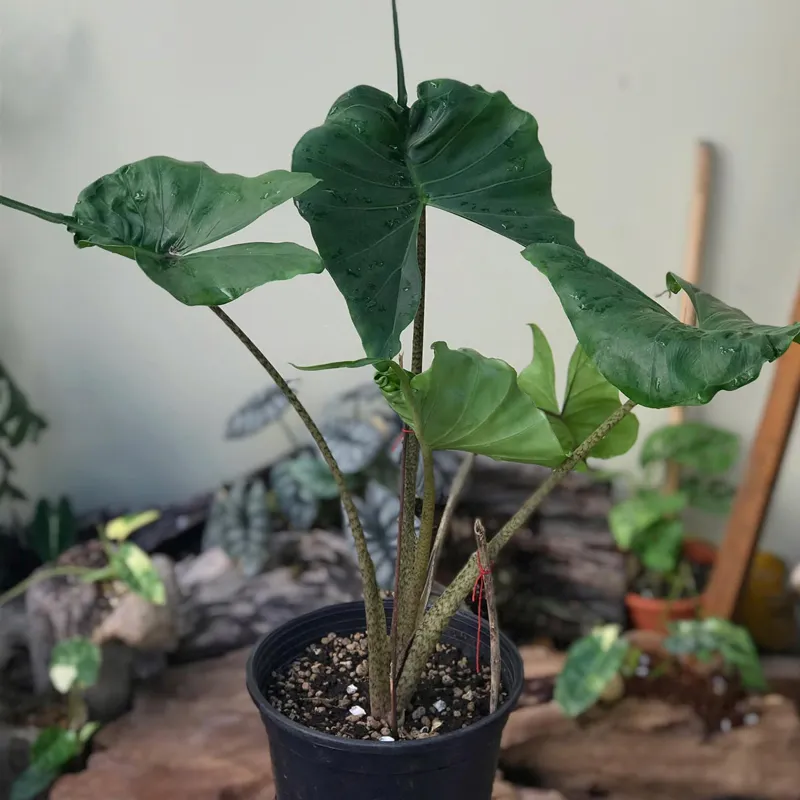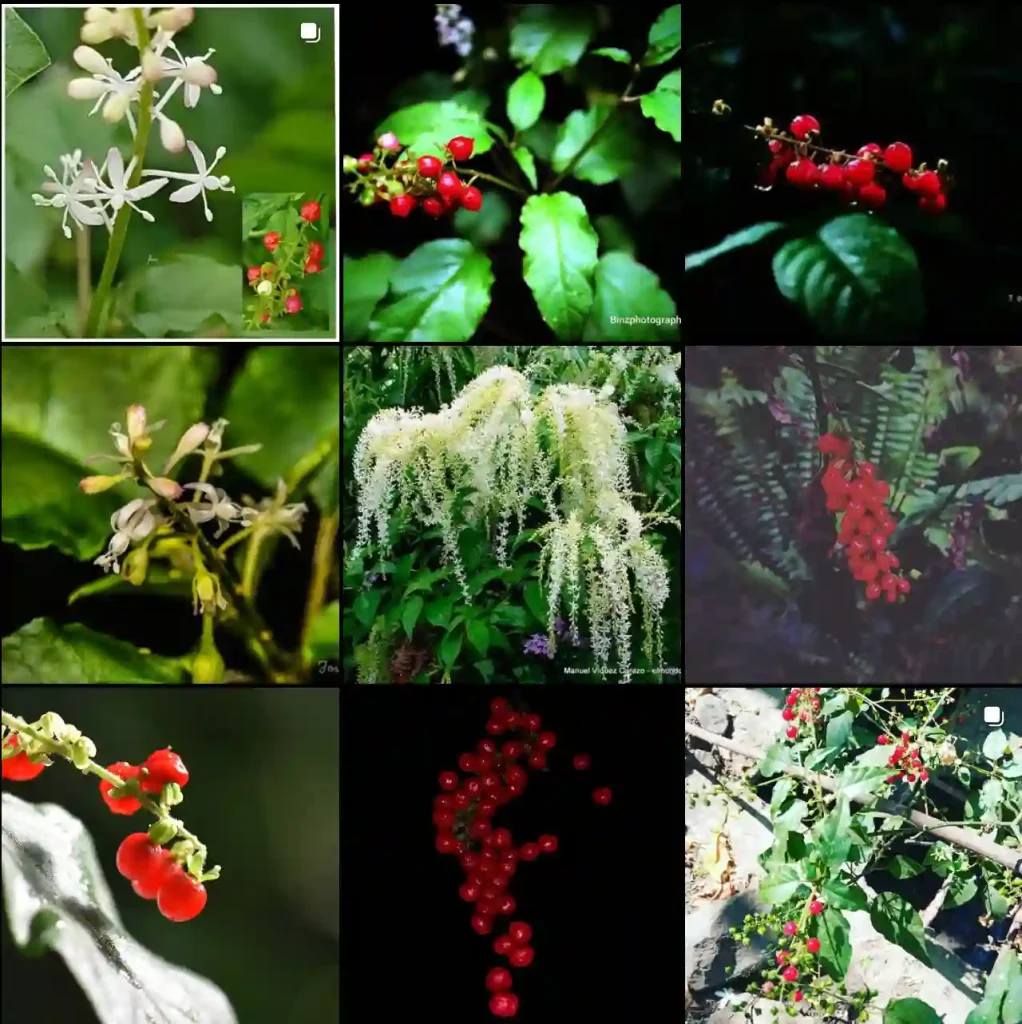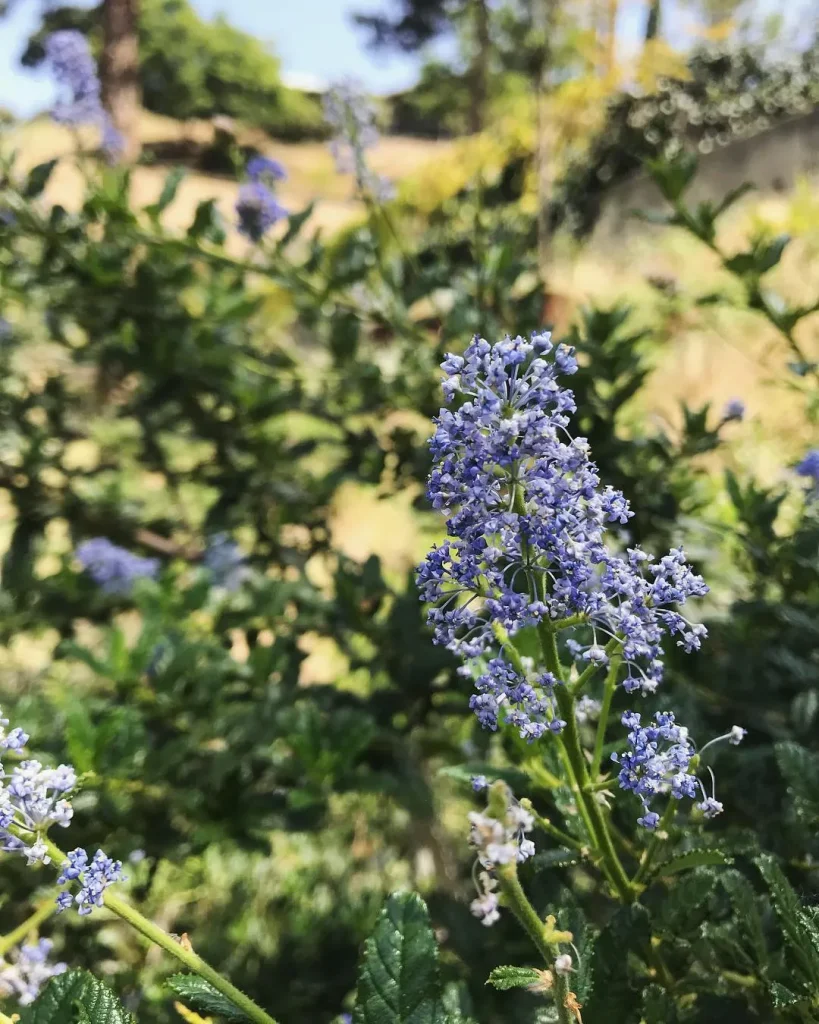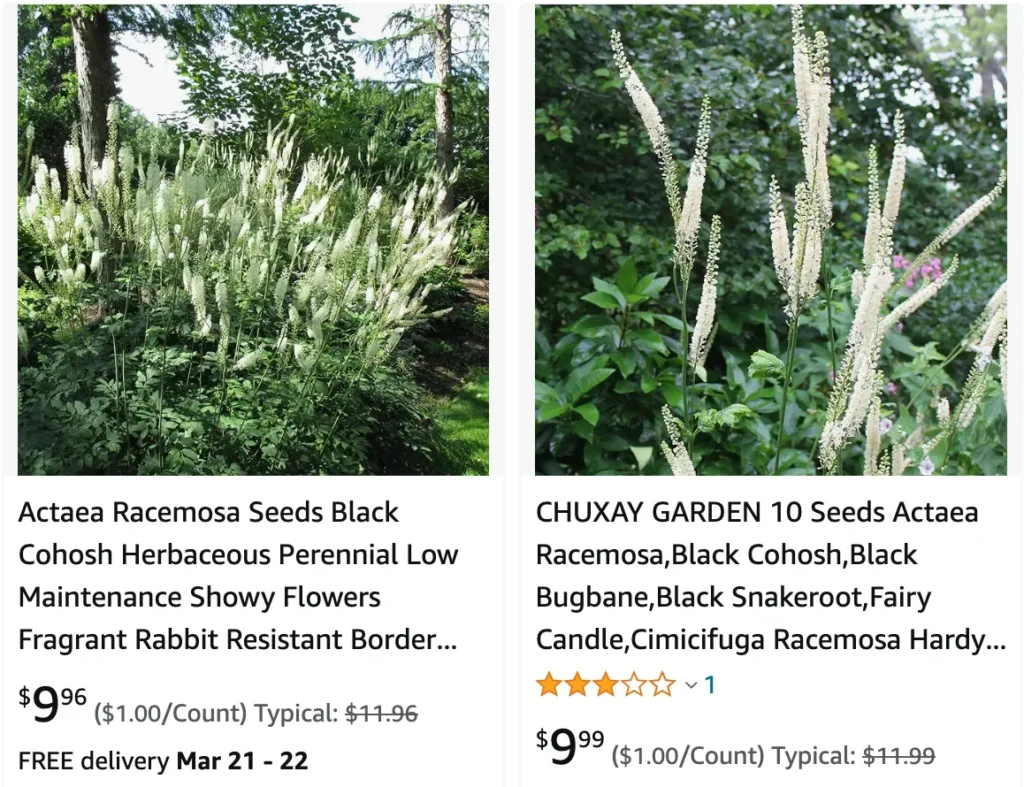
Unveiling Actaea Racemosa: A Natural Remedy with Nuances
For years, I’ve been fascinated by the power of natural remedies. From soothing aloe vera to invigorating ginseng, the plant world holds a treasure trove of potential solutions for various ailments. Recently, Actaea racemosa, also known as black cohosh, piqued my curiosity. Used for centuries by Native American tribes, it’s become a popular supplement for women’s health concerns. But before diving headfirst into this herbal remedy, I wanted to delve deeper.
What is Actaea Racemosa?
Actaea racemosa is a flowering plant native to eastern North America. It boasts tall, slender stems adorned with delicate white flowers and feathery foliage. But the true magic lies beneath the surface, in its underground network of roots and rhizomes. These potent parts are what are used medicinally, typically dried and prepared in teas, tinctures, or capsules.
Actaea Racemosa vs Cimicifuga Racemosa
I’ve grown Actaea racemosa and Cimicifuga racemosa, and I find the experience with Actaea to be more satisfying overall. The Actaea’s tall, elegant spires of white flowers have been a standout in my garden, creating a striking contrast with other plants. Cimicifuga, on the other hand, has a similar appearance but feels a bit less robust and its flowers aren’t as dramatic as those of Actaea. The fragrance of Actaea is also more appealing to me, with its subtle, sweet scent compared to Cimicifuga’s more earthy aroma.
What is Actaea Racemosa Used For?
Traditionally, Actaea racemosa was used to treat a variety of ailments, including menstrual cramps, rheumatism, and coughs. However, its most recognized use today is for alleviating menopausal symptoms. Studies suggest it may help manage hot flashes, night sweats, and improve sleep quality during this transitional phase.
Important Note: Not a Magic Bullet
While promising, it’s crucial to remember that Actaea racemosa isn’t a one-size-fits-all solution. Its effectiveness can vary from person to person, and research on its long-term effects is still ongoing. Additionally, it may interact with certain medications, so consulting a healthcare professional before incorporating it into your routine is paramount.
How Much Actaea Racemosa Should I Drink?
This is a question best addressed by a qualified healthcare provider. Dosing recommendations can vary depending on the form (tea, tincture, capsule), the specific condition being addressed, and individual health factors. Self-dosing can be risky, so seeking professional guidance is essential.
Beyond Menopause: Potential Benefits
The potential benefits of Actaea racemosa extend beyond menopause. Studies suggest it might offer relief for anxiety, premenstrual syndrome (PMS), and even bone health concerns. However, more research is needed to solidify these claims.
A Word of Caution: Side Effects and Interactions
Like any medication or supplement, Actaea racemosa can cause side effects. These may include mild stomach upset, headaches, and dizziness. It can also interact with certain medications, including hormone replacement therapy and blood thinners. Always disclose any medications you’re taking to your doctor before starting Actaea racemosa.
Exploring the Options: Different Forms of Actaea Racemosa
Actaea racemosa comes in various forms, each with its own advantages and considerations. Teas offer a natural way to consume the herb, but consistency in brewing can be a challenge. Tinctures provide a concentrated extract, often measured in drops, for precise dosing. Capsules offer a convenient and standardized option, but absorption rates might vary. Discussing the best form for you with your healthcare provider is key.
Finding the Right Source: Quality Matters
With the growing popularity of Actaea racemosa, ensuring the quality of your chosen product is essential. Look for reputable brands that adhere to strict manufacturing standards. Ideally, opt for organic varieties to minimize exposure to pesticides and other contaminants.
In Conclusion: A Journey of Exploration
Actaea racemosa presents a fascinating example of nature’s potential to support our well-being. However, navigating its use responsibly requires knowledge and guidance. By consulting a healthcare professional and approaching this herbal remedy with an open mind and informed caution, you can embark on a journey of exploration towards a more balanced and holistic approach to your health.
